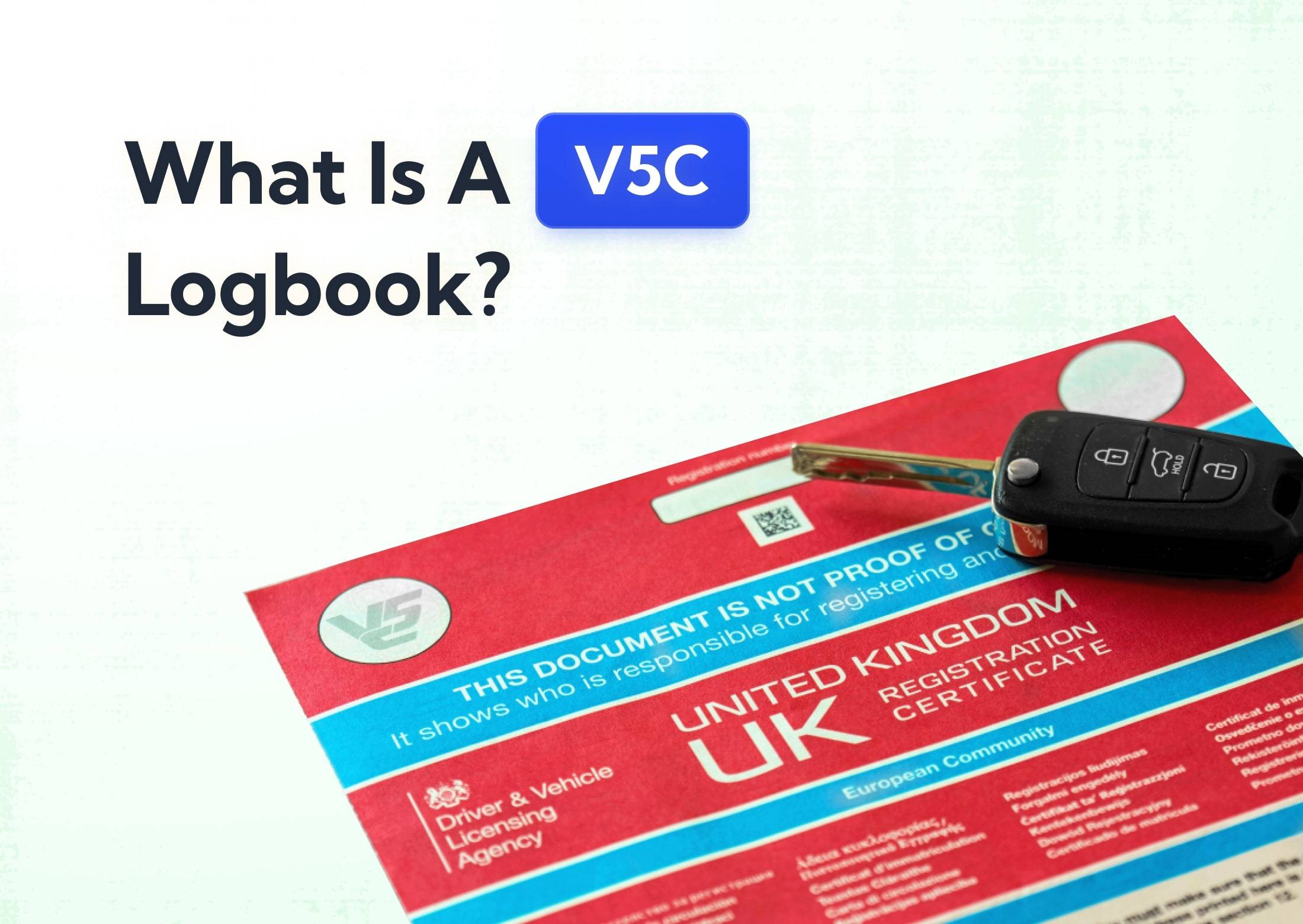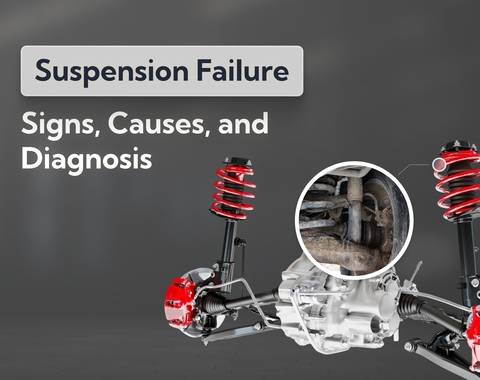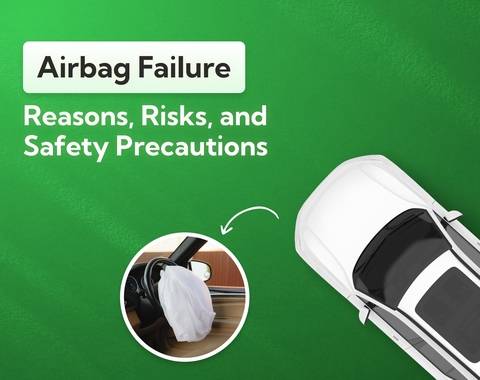What is a V5C Logbook?
A V5, correctly known as a V5C is the logbook of a vehicle that is a physical document issued by the DVLA upon registration of a vehicle in the UK. Its primary purpose is to serve as a vehicle registration certificate and provide the details of a vehicles registered keeper.
Last updated: 20th November, 2025

Anthony Sharkey is COO at New Reg Limited (Car.co.uk, Trader.co.uk, Garage.co.uk), driving innovation in vehicle recycling, logistics, and customer experience.

Listen to this story
This document lists the details of the vehicle's registered keeper along with the specific information of the vehicle. Key elements of the vehicle that the document provides are:
- Vehicle make
- Vehicle model
- Vehicle Identification Number (VIN)
- Engine code
- Engine size
- Vehicle Registration Mark (VRM)
- Date the vehicle was first registered (and in the UK)
- Number of previous registered keepers
- Colour of the vehicle
- CO2 Emissions Rating
- Taxation band of the vehicle
Over the years, this document has had several changes. The most notable being in 2014 which saw the document change from blue to red. This change was needed due to the theft of blank forms in 2006 which led to a large increase in car scams. The latest iteration of the form was introduced on the 15th 2019. Whilst old forms are still valid, the easiest way to tell if you have a new form is by checking the front for the following 2 features:
- There is an infographic on the front showing the 6 sections in a different colour box.
- The front page now contains the text "Don't share, keep it safe" added to top right of the page.
Along with giving proof of the current registered keeper, this document also serves other purposes and it is essential that it is retained in a safe place by the current keeper. Various details from this document may also need to be provided to your insurance provider.
What's in this article
How to verify your V5C
When purchasing a used car it is recommended to check that the V5C document is genuine, matches the details you have been given and the details of the vehicle you are purchasing. To check the authenticity of the V5 document you should ensure that the DVL watermark is present on the top of the document and a serial number clearly printed on the top right-hand corner. When checking the vehicle specifics; the most important things to check are the vehicle identification number (VIN), Engine Code & vehicle registration mark (VRM). Any discrepancy should serve as an immediate red flag where DVLA advice is to not proceed with the sale and contact the authorities.
You can also verify the details of a vehicle online. MOT history can be retrieved using our free MOT service and record retrieval is possible from the DVLA by entering your Vehicle registration.
Does the V5 prove ownership of the vehicle?
The V5 document does not actually prove ownership of the vehicle and this is boldly displayed on the front of the V5 document. Ownership of a vehicle is the person or entity that purchased the vehicle and if a vehicle is under a finance arrangement, or a company car then this will be either the finance provider or company, respectively. Hence the requirement of the V5 to maintain a record of the registered keeper of all vehicles in the UK and serve as this proof which is maintained by the DVLA. The registered keeper is therefore the person responsible for parking offences, traffic infringements and road traffic offences of the given vehicle. To prove vehicle ownership, one would usually use a purchase receipt from the proceeding sale. Therefore, the previous owner of the vehicle could be different to the previous keeper.
What else is the V5 used for?
When transferring a vehicle to a family member or friend, selling it privately or selling it to a trade buyer the DVLA must be informed. Historically, when selling a vehicle, the V5C was completed by the existing keeper and transferred to the new party. It is still possible to do this using the physical document or alternatively it can be completed online. Interestingly, when a vehicle is sold or transferred to trade customer and the V5C/3 section is completed and returned to the DVLA the vehicle database is updated to show that the car in question is now in the motor trade and therefore does not have a current keeper assigned to it. As soon as this vehicle is sold, the dealer has to notify the DVLA of the transaction so that the vehicle can then have a registered keeper assigned to it once again.
What the experts say

William Fletcher MBE
The DVLA also requires you to inform them if you are exporting the car overseas and registering it there, make certain changes to the vehicle, have written off the vehicle or scrapping the vehicle. Thankfully, many of these services are now available online but the 11 digit reference number from the V5 document may be needed. When scrapping a car through Car.co.uk, having possession of the V5 is not a requirement.
One exemption to the notification that the DVLA requires is if a vehicle is transferred from one trade dealer to another dealer then the DVLA does not require any notification here as long as when the vehicle first came into the dealers forecourt they were notified then. This means that the vehicle must already be classified as a 'stock' motor trade vehicle and remain as a stock vehicle with the new dealer.
What if I change my name or address?
Under each of these circumstances it is a legal requirement to inform the DVLA. Failing to comply could land you with a fine of £1000. This can be done by completing the relevant section as instructed on the document or online.
What if I lost my DVLA log book?
If you have lost your V5C do not worry! It is possible to obtain a new V5C from the DVLA. Applications can be done by post or phone and further information is available on the DVLA website.
About Car.co.uk

Share on
Latest news & blogs










